How to wash bed sheets – enjoy luxurious softness and comfort
Laundry experts share their top tips to ensure a serene and sanitized sanctuary


Linda Clayton
Your bed is one of the most important spots in your home, and knowing how to wash your bed sheets correctly will make climbing under freshly laundered sheets one of life's simplest, yet most rewarding, pleasures.
Luckily, most bed sheets can go into a regular washing machine, but it's certainly worth taking the time to get to know the best wash program and heat setting for each material – be it cotton, silk, satin or even bamboo.
Here, laundry experts share their laundry tips to guarantee a great night's sleep every night, in a clean and comforting cocoon.
How to wash bed sheets
Knowing how to wash bed sheets correctly to prevent any common bedding mistakes should keep them looking as good as new, and will also preserve how they feel to sleep under – and if you've invested in the best bed sheets, it’s well worth getting savvy.
In fact, James Higgins, CEO of Ethical Bedding highlights, 'Keeping your sleeping environment clean is also important for your health,' recommending washing sheets weekly, to help keep them, and you, in peak condition.
Step 1: Check the care label

First things first, check the laundry symbols on your sheets, recommends Rechelle Balanzat, founder and CEO of Juliette.
She says, 'Always read the care label on your sheets to ensure you follow any specific instructions for the fabric type, such as cotton, linen, silk, or microfiber,' all of which will differ largely, particularly in terms of temperature and spin speed.
Step 2: Pre-treat stains

Next, it’s always worth checking bed sheets for stubborn stains as they’re best tackled pre-wash. For stains like sweat or body oils, laundry expert Balanzat recommends using a pre-treatment spray such as Shout Active Enzyme Laundry Stain Remover Spray available at Amazon, or OxiClean Max Force Laundry Stain Remover Spray available at Walmart and letting it sit for five minutes before washing.
If you prefer not to use chemicals, or suffer from allergies which prevent you doing so, you can also try cleaning with baking soda, by mixing it with water to form a thick paste before applying it to the dampened stain area. Let the mixture dry until flaky, before brushing off any excess and popping in the wash.
All prices correct at time of publication.
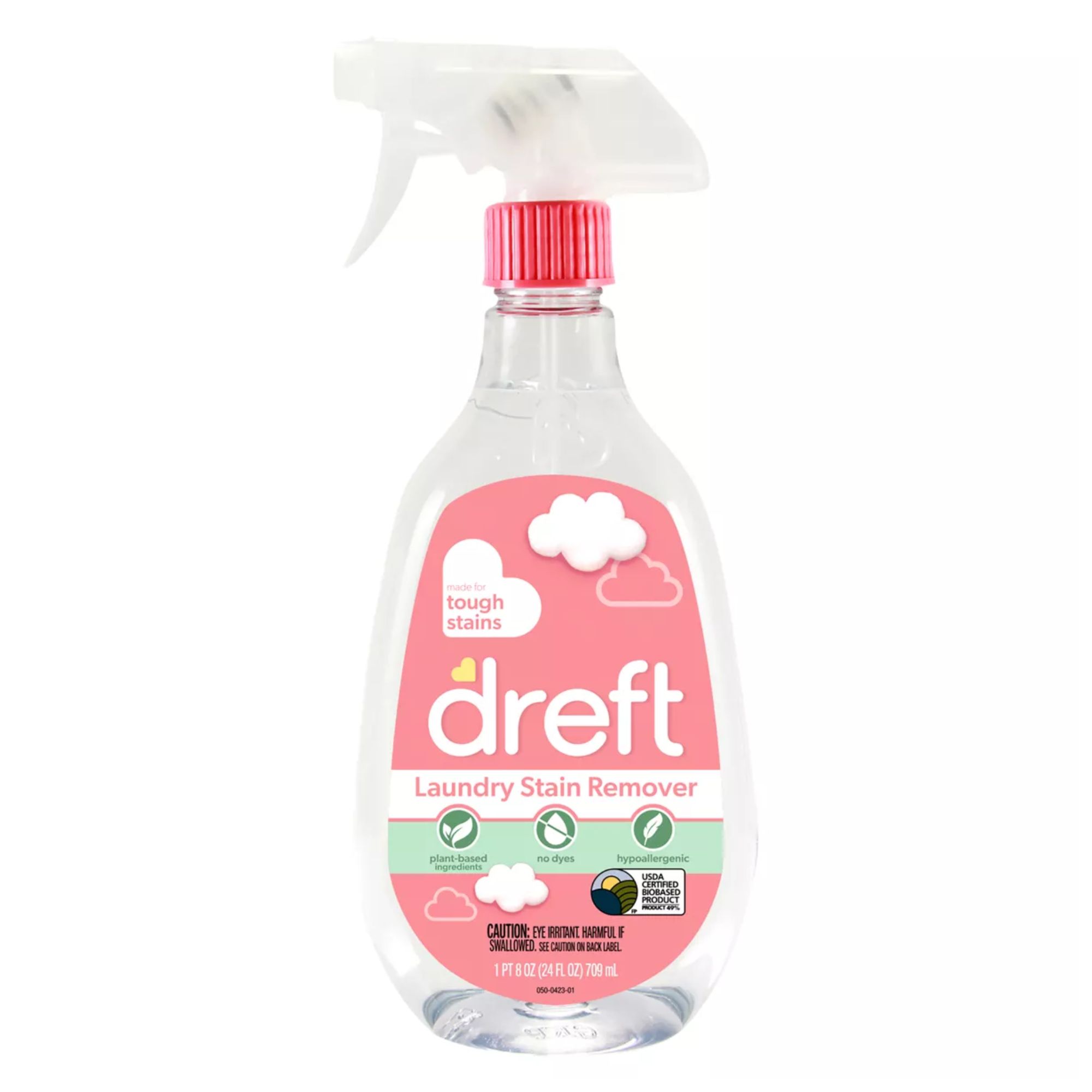
Free of dyes, chlorine and phosphates, this stain remover removes tough stains and odors with a hypoallergenic formula.
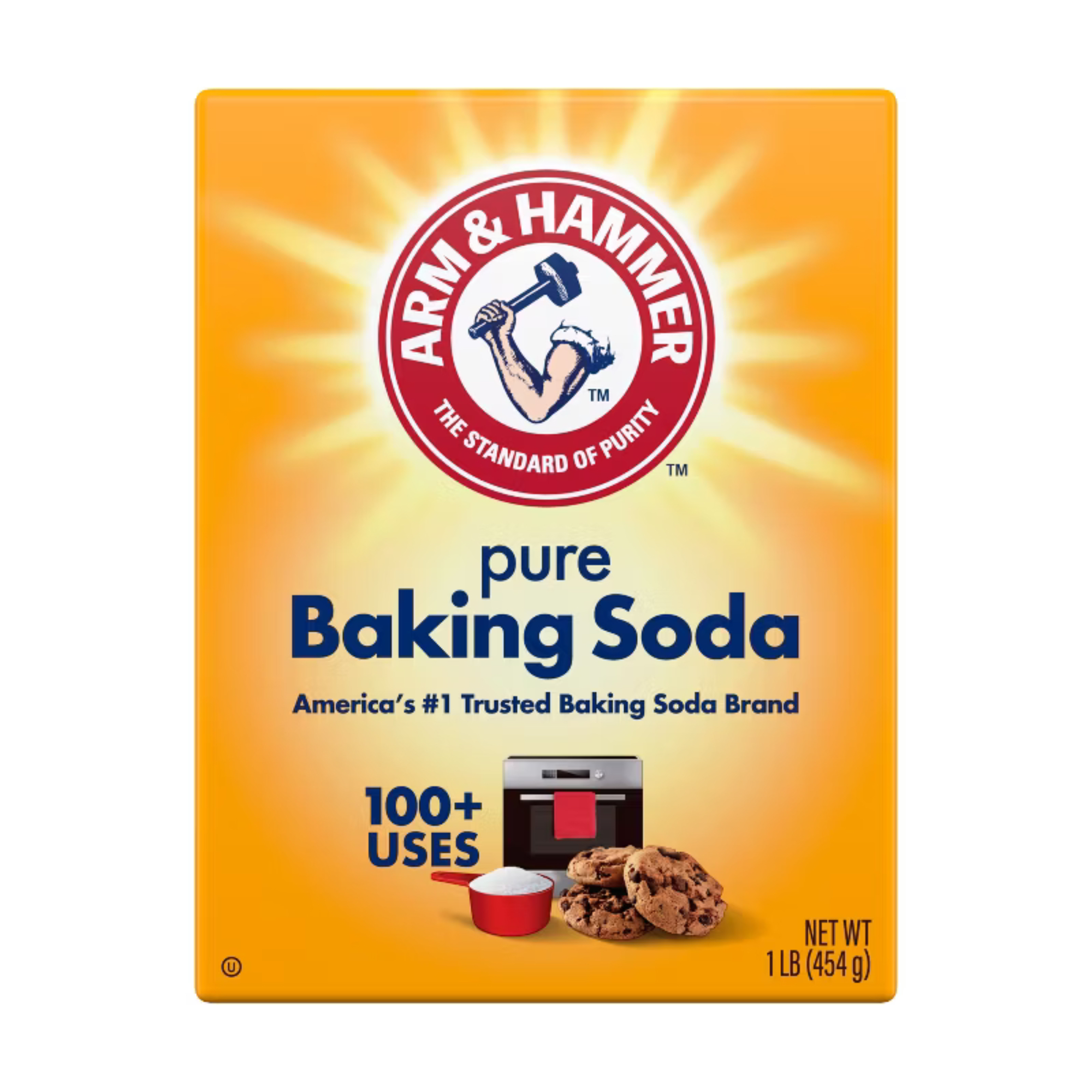
If you regularly use baking soda in laundry, this affordable option can be used for cleaning, cooking and deodorizing, too.
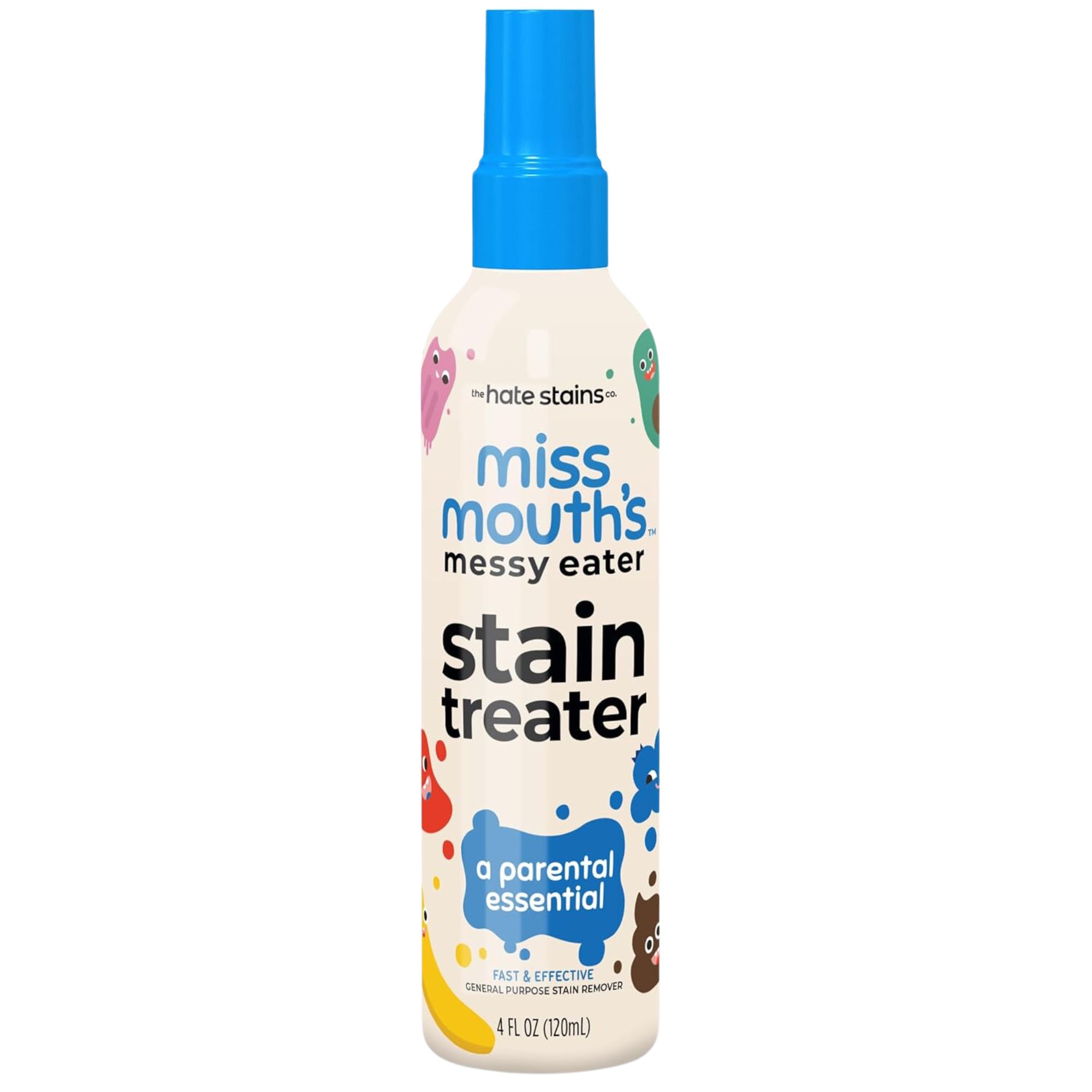
This Safer Choice Certified spray means you can rest-assured that this stain remover meets rigorous safety standards. It's also biodegradable and free from harsh chemicals.
Step 3: Load the washing machine

Once stains have been pre-treated, your bed sheets will be ready to load into the washer, provided they're washing machine safe. Check the care label on your sheets and make a mental note of any specific instructions, before you pop them in the drum.
If they're not suitable for your best washing machine, they will need to be hand-washed, following the same principles as when you hand-wash clothes.
Adopt the same policy as when you’re washing pillows, washing electric blankets, and washing down comforters, and don’t overload the appliance. If you can’t get your hand in the drum alongside the sheets, then it is too full, and they won’t wash properly. If possible, wash your bed sheets alone, as it's best not to wash clothes and bedding together.
Lily Cameron, cleaning supervisor at Fantastic Services, advises, 'Especially avoid mixing sheets with clothing that has zippers, as they can be harmful to the more delicate sheets.'
Step 4: Choose the right detergent

Next, it's important to choose the right detergent to avoid any bedding laundry mistakes, and to add the right amount.
The type of laundry detergent you buy will usually come down to budget and personal preferences. Laundry detergent is either biological, which means it contains enzymes, or non-biological, which means it doesn’t. Enzymes break down dirt and help remove stains, but they can cause skin irritation for those with eczema and sensitive skin.
Wendy Saladyga, stain expert for Henkel with all® free clear, says, 'Choosing the right detergent for your needs is essential. A detergent that provides an effective clean yet is gentle on skin, like all® free clear Laundry Detergent for Sensitive Skin available at all® Laundry is a good choice.
'It is 100% free of dyes and perfumes, and doesn’t leave behind irritating residues. Its hypoallergenic formula is the number one detergent brand recommended by dermatologists for sensitive skin.'
Another reputable recommendation is Purex Free & Clear available at Purex, which Michelle Piombino, Purex principal scientist, describes 'offers a hypoallergenic formula that delivers a dependable clean.'
Non-bio detergents are the best choice for babies or those with allergies, and are generally capable of cleaning normal amounts of dirt. When washing your best white bed sheets, you may want to use bleach in laundry, as recommended by laundry expert Balanzat, but only if it's safe for the fabric. Similarly, if you prefer not to use chemicals, you can also try tackling slightly grubby and discolored sheets by adding 50 ml (quarter cup) of lemon juice to the wash cycle, says ethical bedding expert Higgins. 'You'll find sheets look brighter and fresher when they come out of the wash,' he adds.
The amount of detergent you add is dependent on the size of the load. Always follow the guidance on the packaging with regards to recommended amounts, and where to place the detergent – in the drum or detergent dispenser drawer. Too much detergent can lead to excess water use and sludge build-up in your washer’s inner pipes, which can lead to damage. Less is more, even when you're trying to make rough sheets soft again.
Just like when you’re washing towels, skip the fabric softener as it can reduce the absorbency of natural fibers and weaken the fabric, and always use silk-friendly detergent on silk sheets as you should when washing a silk pillowcase.
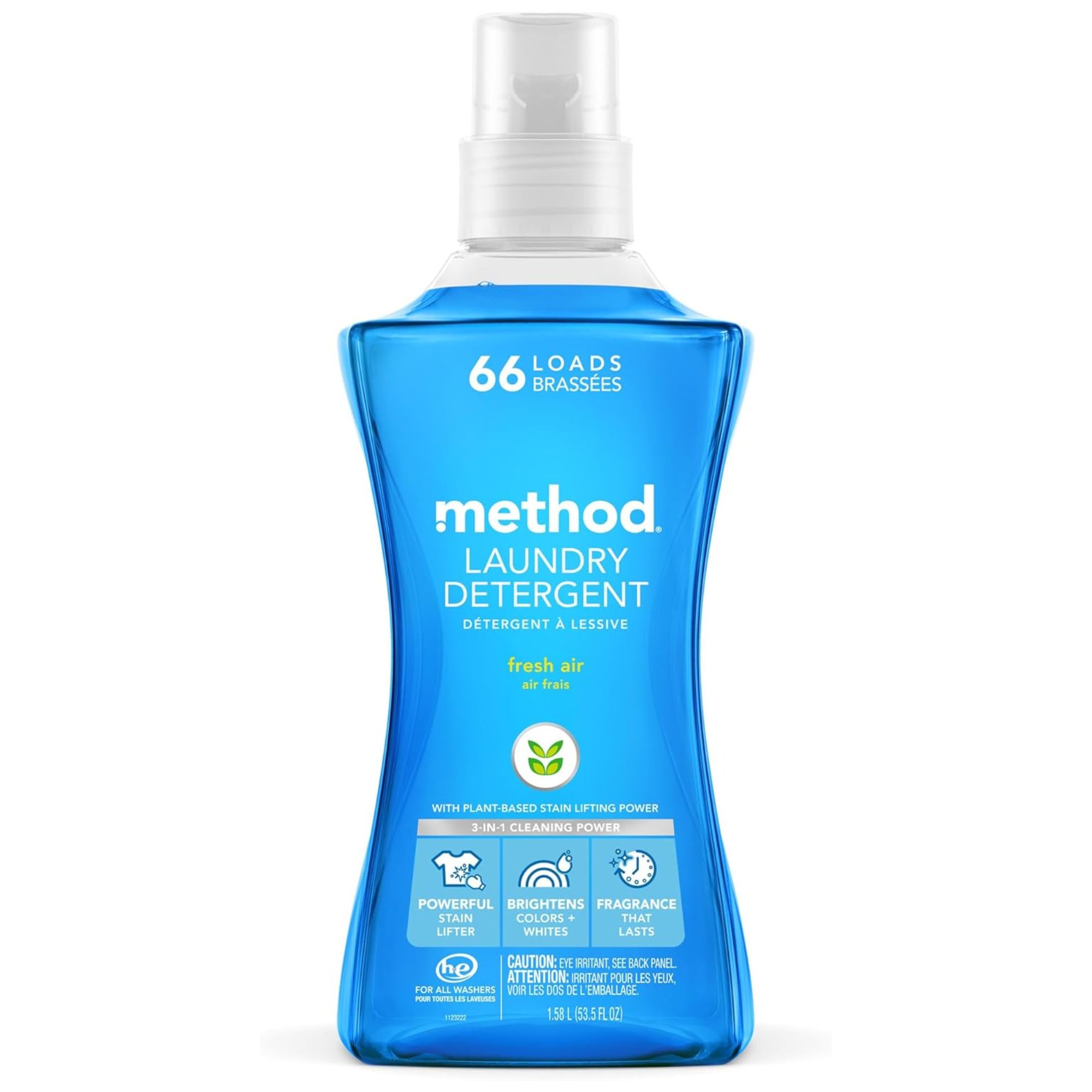
With 66 loads per bottle, this all-natural laundry detergent leaves clothes smelling of fresh air, to mimic the benefits of air-drying laundry.
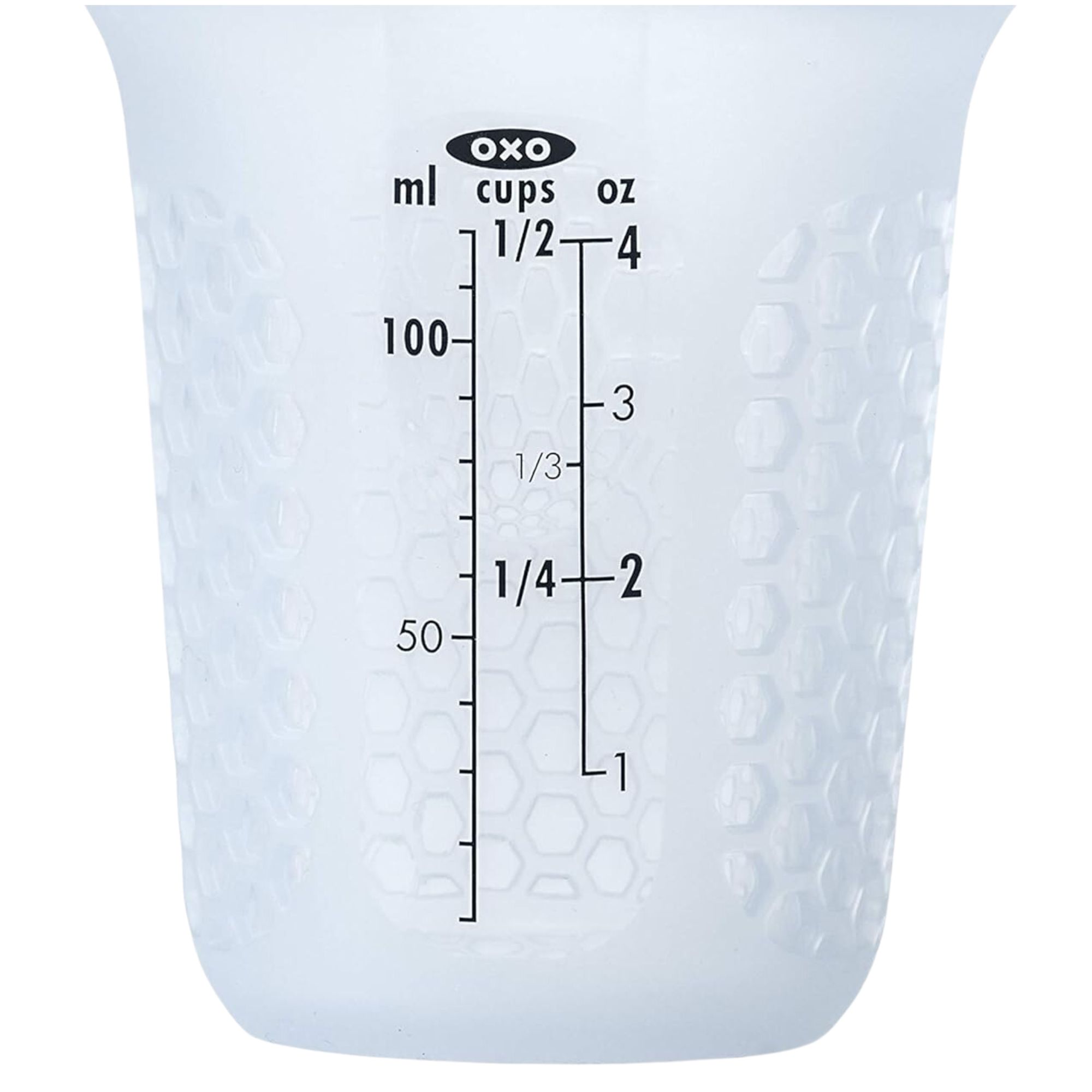
Using a measuring cup will ensure you aren't using too much detergent, and this one is BPA-free and dishwasher-safe.

With a light, fresh meadow scent, these laundry pods dissolve completely in any water conditions, so can be used to clean any type of bedding.
Step 5: Set the temperature and spin speed

Then, you'll need to set the temperature of your machine cycle.
Laundry expert Balanzat advises that cotton bed sheets are best washed in hot water (90–130° Fahrenheit or 30–60° Centigrade), best linen sheets in cold or lukewarm water (up to 85°F or 30°C) and, to wash silk sheets, always use cold water.
Spin speed is also equally as important to consider. 'Use a medium spin speed to remove excess water without overly wrinkling the sheets,' says Balanzat. 'For delicate fabrics like silk, use a low spin speed.'
Step 6: Dry your bed sheets thoroughly
Sheets dried outside on a clothesline are hard to beat for freshness, especially on a warm summer’s day. Vicky Whiter, managing director of Peters’ Cleaners, says, 'Sheets on the line ideally should be in the sun and breeze, but remember if your sheets are colored, turn them inside out to reduce the risk of the colors fading in the sunlight.'
Luckily, if the weather is bad, it’s possible to use your best clothes dryer to get the job done. Machine drying sheets usually produces softer results and the opportunity to add scented sheets.
Emily Attwood, founder of Scooms, advises, 'Opt for a low heat setting, regardless of the fabric, and consider adding dryer balls,' such as the 100% New Zealand Wool Dryer Balls available at Target. 'They will help dry your bedding more quickly and efficiently by creating air gaps to allow more air to circulate around your laundry. Dryer balls also agitate the fibers in your bed sheets, making them softer and cozier.'
And, if you're drying silk bed sheets, opt for air-drying, or tumble dry them on a no heat/ air fluff setting, suggests laundry expert Balanzat.
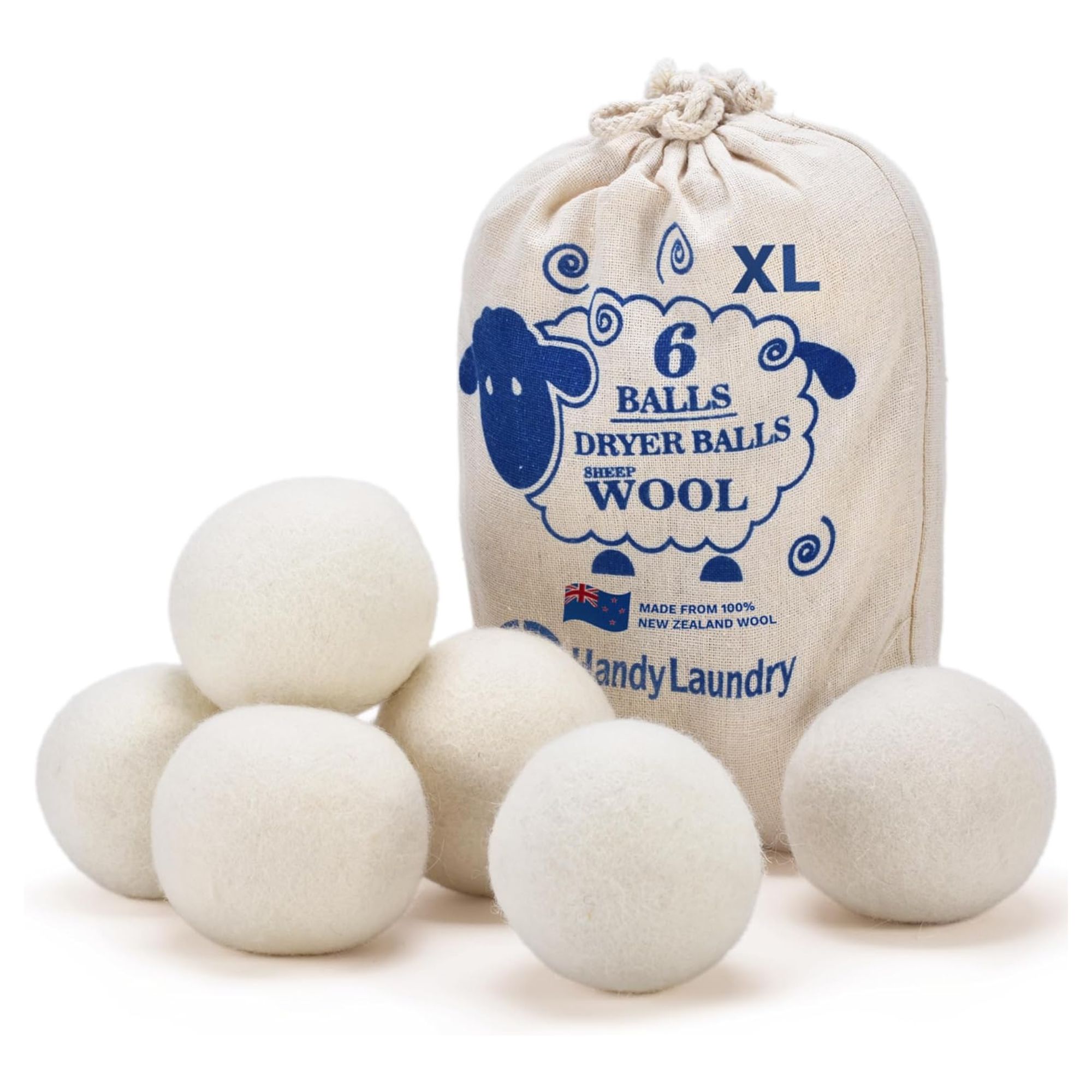
These number one bestselling wool dryer balls speed up drying time and help to cut energy bills, while reducing static cling and wrinkles.
Step 7: Iron and store

Finally, Balanzat recommends ironing your sheets while still slightly damp, using the appropriate setting for the fabric type, for a crisp finish.
You may also want to use homemade scented ironing water, using essential oils, to keep your laundry smelling nice for longer.
'Fold and store sheets in a cool, dry place,' adds Balanzat. 'Adding a lavender sachet helps keep them fresh.'
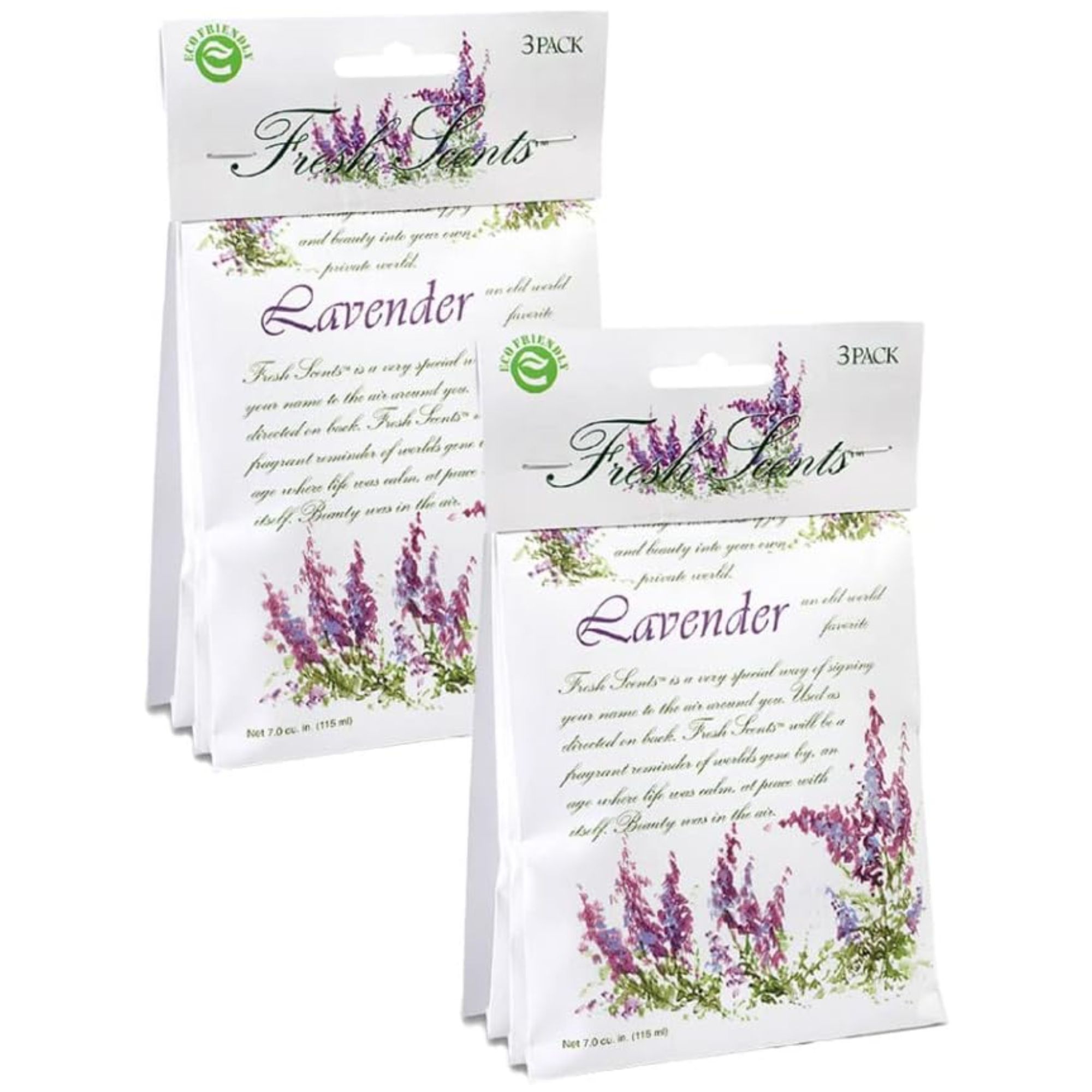
These lavender sachet packs freshen and deodorize laundry, and are made with non-toxic, biodegradable materials.
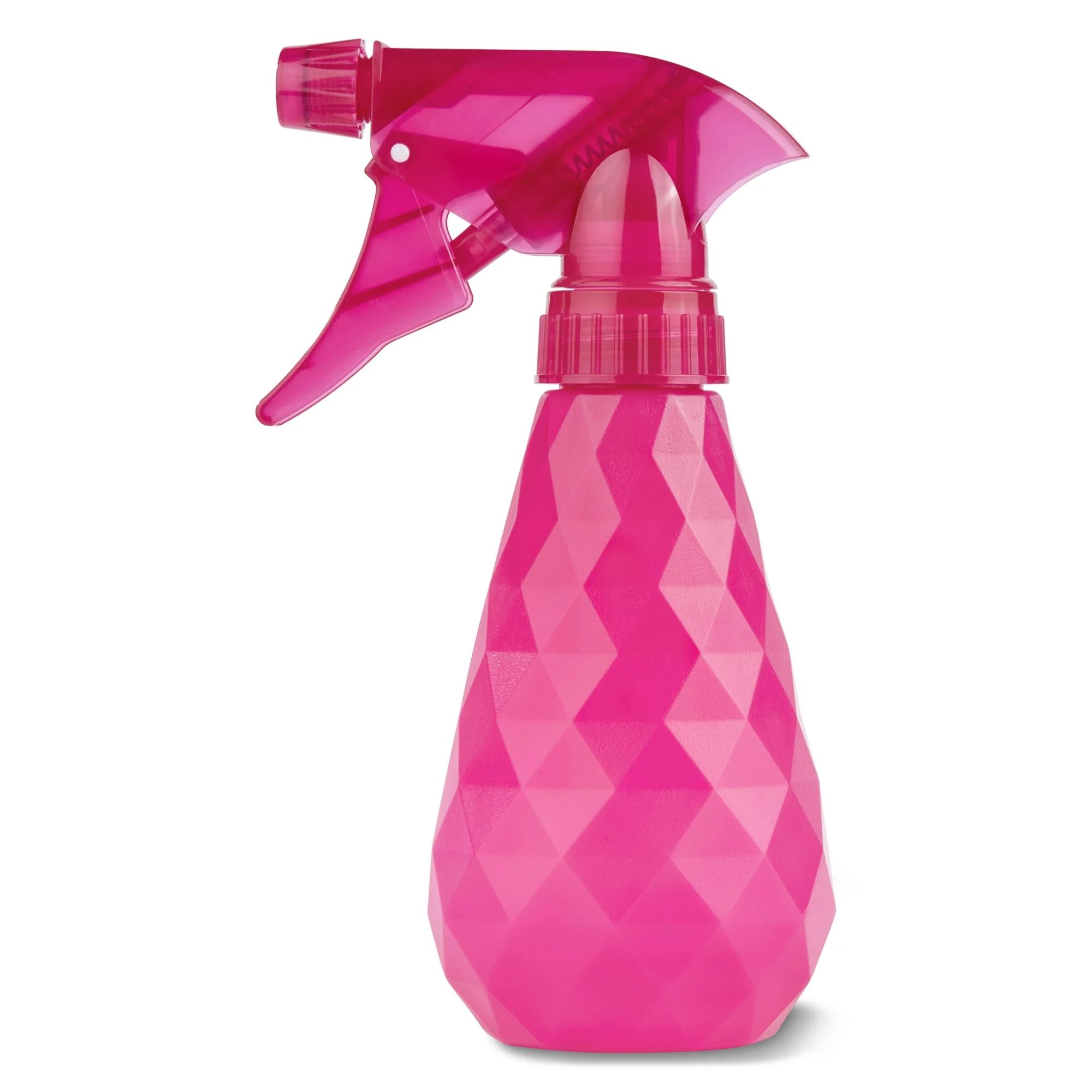
This all-purpose spray bottle features an ergonomic two-finger grip trigger, with an adjustable sprayer for misting ironing.

This lemon essential oil has no additives, filler, or alcohol, and is unfiltered and undiluted. Just a few drops are needed to make a unique and freshly scented ironing water.
FAQs
How often should bed sheets be washed?
Purex scientist Piombino advises, 'To keep sheets clean and fresh, we recommend washing at least once a week, if not sooner, based on sleeping and hygiene habits.'
Make sure you're not too impatient to get clean sheets back on your bed, though. Even slightly damp sheets can lead to signs of mold on your mattress, and skin irritation, so it's important that they are fully aired and dried.
Alternating two or more sets of bedding is a great way to give your sheets sufficient time to dry between washes.
If you're looking to overhaul and upgrade your bedding, these are the best places to buy bedding in 2025 – so you can purchase with confidence.
Sign up to the Homes & Gardens newsletter
Design expertise in your inbox – from inspiring decorating ideas and beautiful celebrity homes to practical gardening advice and shopping round-ups.

Ottilie joined Homes & Gardens last year, after finishing a Master's in Magazine Journalism at City, University of London. With previous contributions in Livingetc and Motorsport Magazine, she produces content for the Solved section on the website, focusing on clever tips and tricks to keep your home beautiful, organized and clean. She also has an undergraduate degree in English Literature and History of Art from the University of Edinburgh, where she developed a love for inspiring interiors and architecture.
-
 Extend the lifespan of your appliance with 5 simple but crucial washing machine maintenance tips
Extend the lifespan of your appliance with 5 simple but crucial washing machine maintenance tipsFrom cleaning the filters to keeping the door open, experts reveal the washer tips they swear by
By Andy van Terheyden Published
-
 These are the 6 must-have colors to decorate with in April 2025
These are the 6 must-have colors to decorate with in April 2025What do retro-inspired yellows and beautiful blues all have in common? They're on our hot list for the season ahead
By Sophia Pouget de St Victor Published
-
 My cheap dehumidifier makes easy work of air drying laundry indoors despite the humidity of spring showers – get yours on sale for just $49 now
My cheap dehumidifier makes easy work of air drying laundry indoors despite the humidity of spring showers – get yours on sale for just $49 nowIt's useful for lots of things around my home
By Punteha van Terheyden Published
-
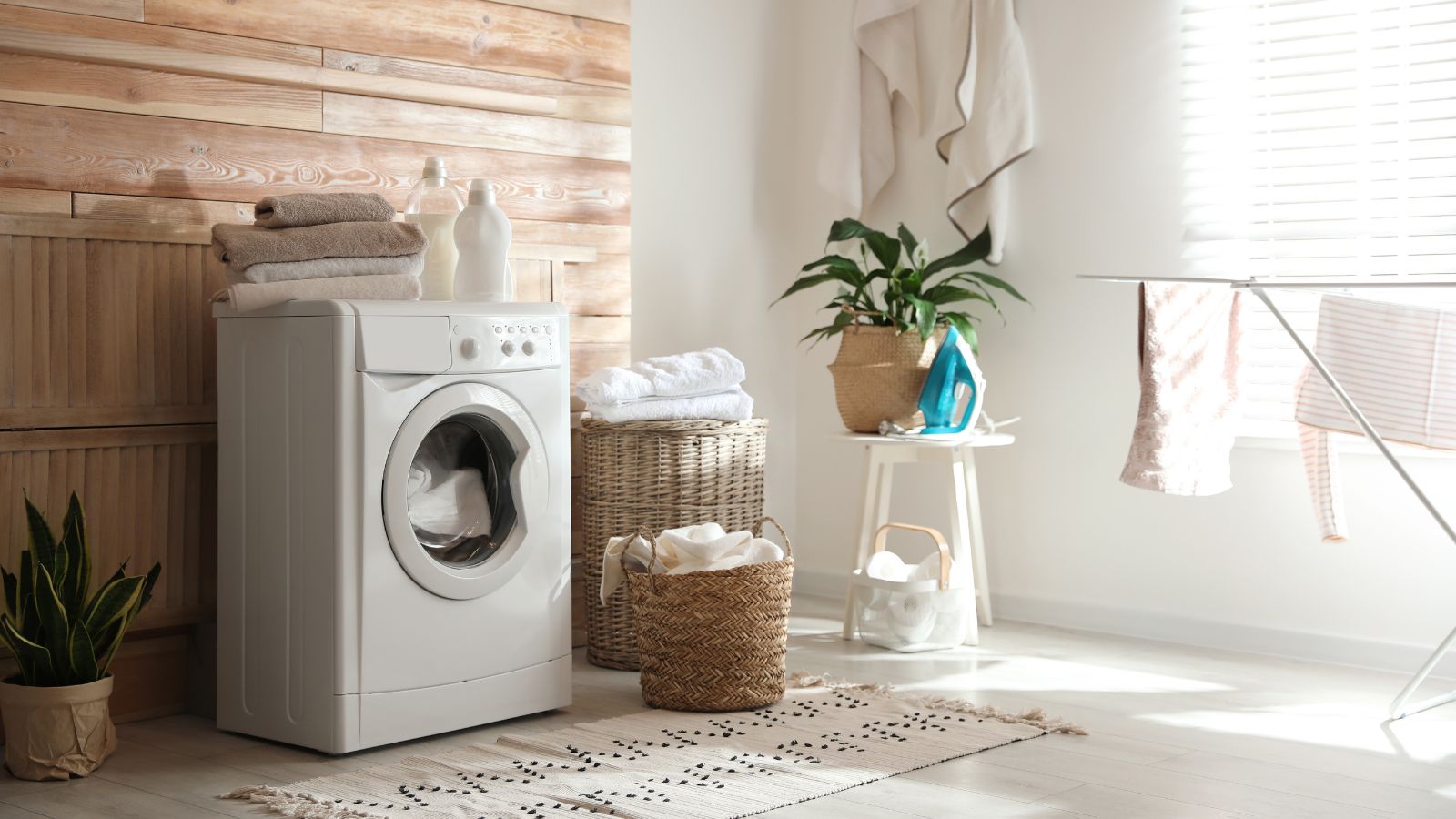 Looking for a natural laundry-softening alternative? I'm a professional cleaner and it's time to ditch synthetic ones for 5 non-toxic softeners that work
Looking for a natural laundry-softening alternative? I'm a professional cleaner and it's time to ditch synthetic ones for 5 non-toxic softeners that workRefresh your laundry routine with these fabric softener alternatives
By Karina Toner Published
-
 Unlock the magical mold-killing and stain-busting superpower of this humble household ingredient that costs just 50 cents
Unlock the magical mold-killing and stain-busting superpower of this humble household ingredient that costs just 50 centsIf you have aspirin in the house, you can use it to banish mold
By Ottilie Blackhall Published
-
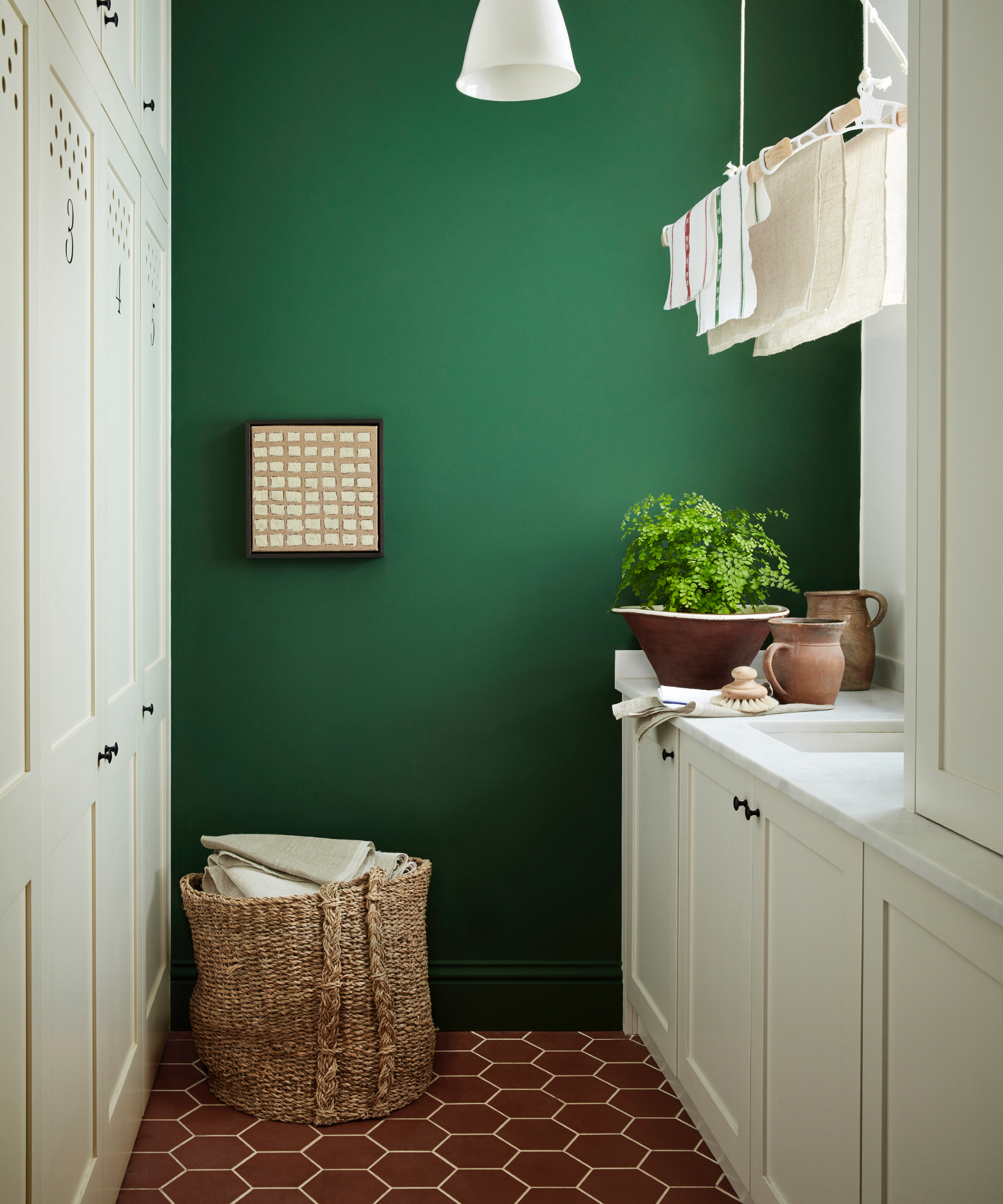 5 warning signs you're using the wrong amount of detergent – avoid greasy residue, stiff fabrics and skin issues with these simple cleaner-approved tips
5 warning signs you're using the wrong amount of detergent – avoid greasy residue, stiff fabrics and skin issues with these simple cleaner-approved tipsPlus, why it's important to get the amount just right
By Ottilie Blackhall Published
-
 6 ways to prevent mold and damp in bedrooms – expert solutions to maintain a safe sleep environment
6 ways to prevent mold and damp in bedrooms – expert solutions to maintain a safe sleep environmentDon't sleep on these six tips, experts urge
By Seraphina Di Mizzurati Published
-
 Laundry experts reveal 7 unexpected washing rules you can throw out the window – from separating fabrics to mixing whites and colors
Laundry experts reveal 7 unexpected washing rules you can throw out the window – from separating fabrics to mixing whites and colorsForget everything you thought you knew
By Ottilie Blackhall Published
-
 Using this button on your washing machine will cut your bills and help the planet
Using this button on your washing machine will cut your bills and help the planetA single switch can make a load of difference
By Chiana Dickson Published
-
 Experts reveal the 5 toxic items lurking in your laundry room – and what to swap them with for a healthier routine
Experts reveal the 5 toxic items lurking in your laundry room – and what to swap them with for a healthier routineFor a room focused on cleaning, some of its items can be surprisingly toxic
By Chiana Dickson Published